
Read or listen offline
Amazon Kindle
auto-generated audio
1×
Log in to listen to the audio summary.
auto-generated audio
Recommendation
The European Union is facing considerable weaknesses in banking, public debt and growth that place the Continent at risk for further crises. Policy makers are looking to quantitative easing and zero-bound or even negative interest rate policies for a solution, but according to economics professor Enrico Colombatto, their remedies have been unable to spur growth. Executives and investors with an interest in one of the world’s largest economies will find immense value in this brief but compelling report, which getAbstract highly recommends.
Summary
About the Author
Enrico Colombatto is a professor of economics at the University of Turin, Italy.








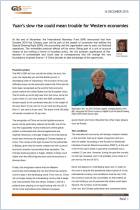
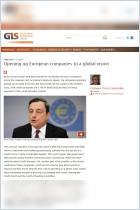
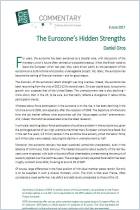
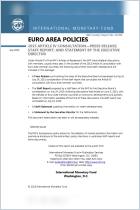
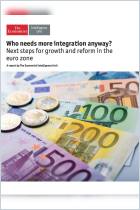


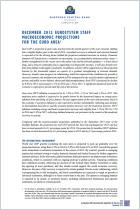






Comment on this summary or Start Discussion